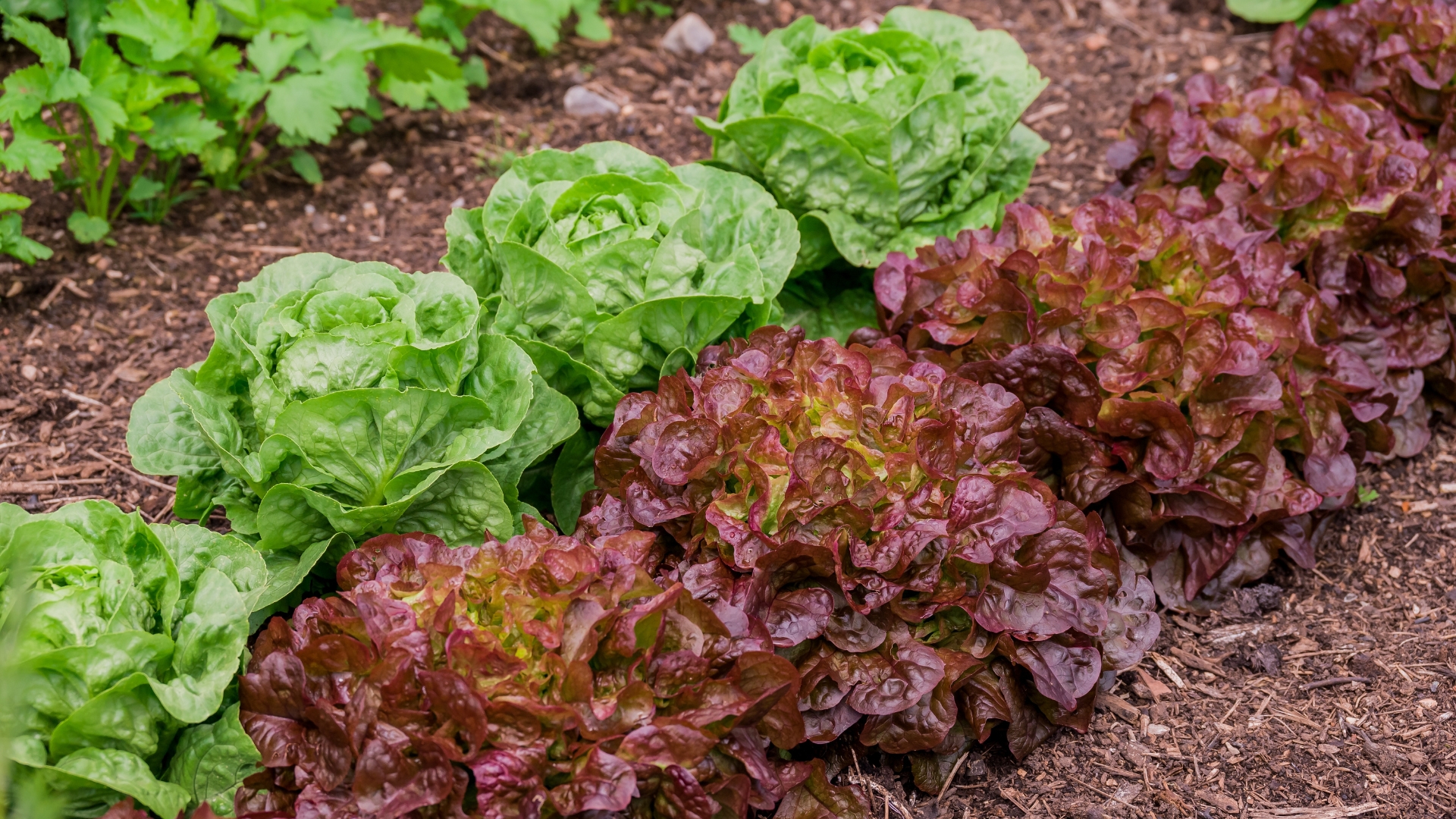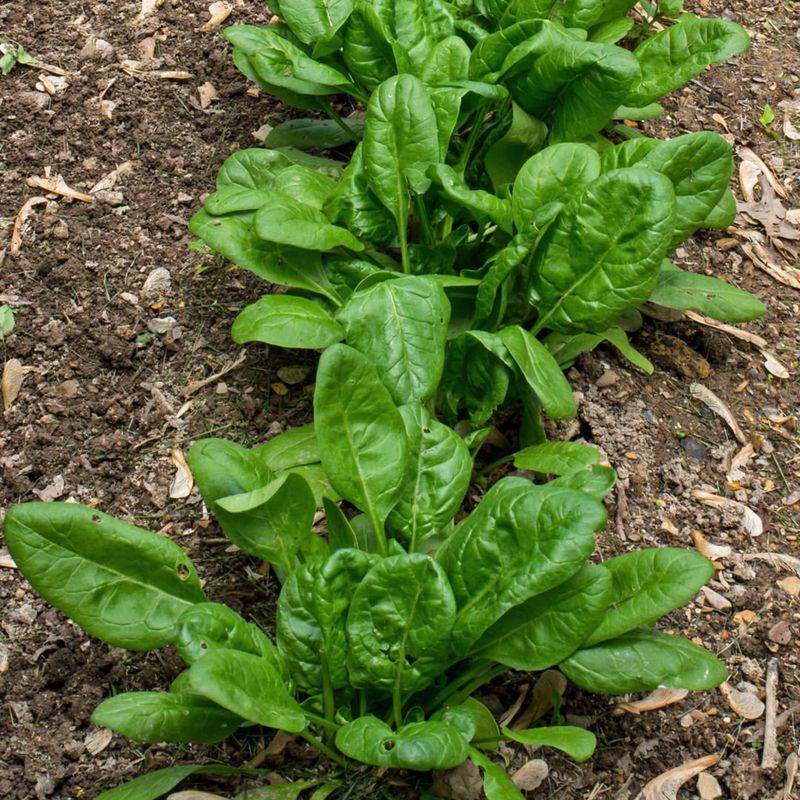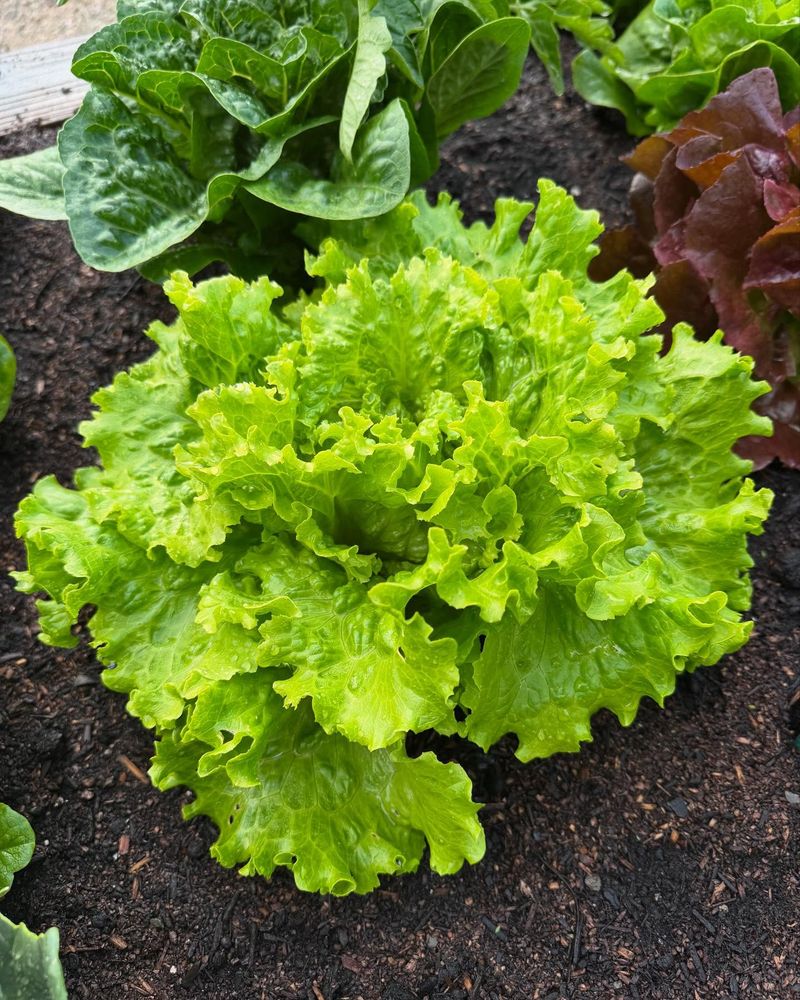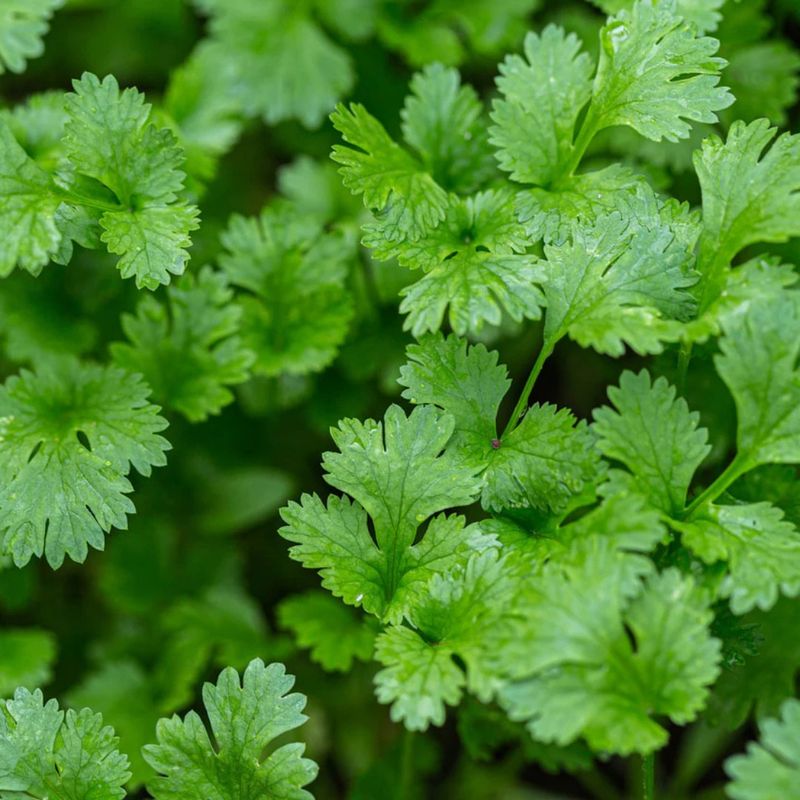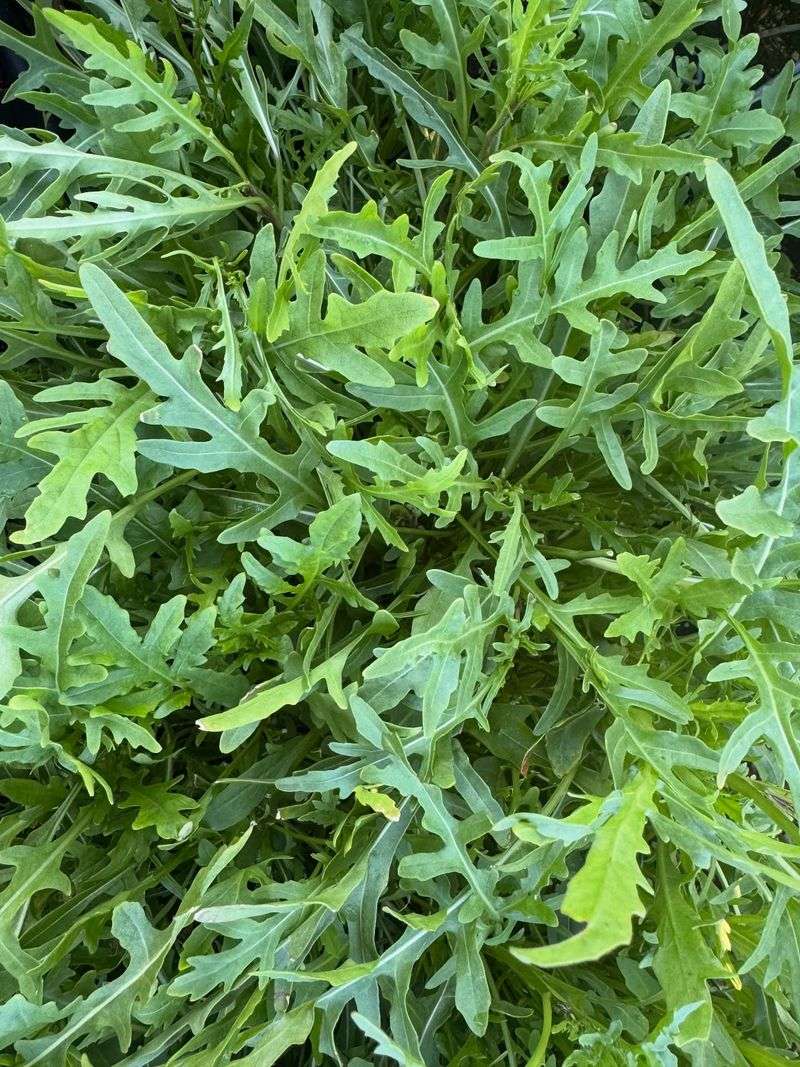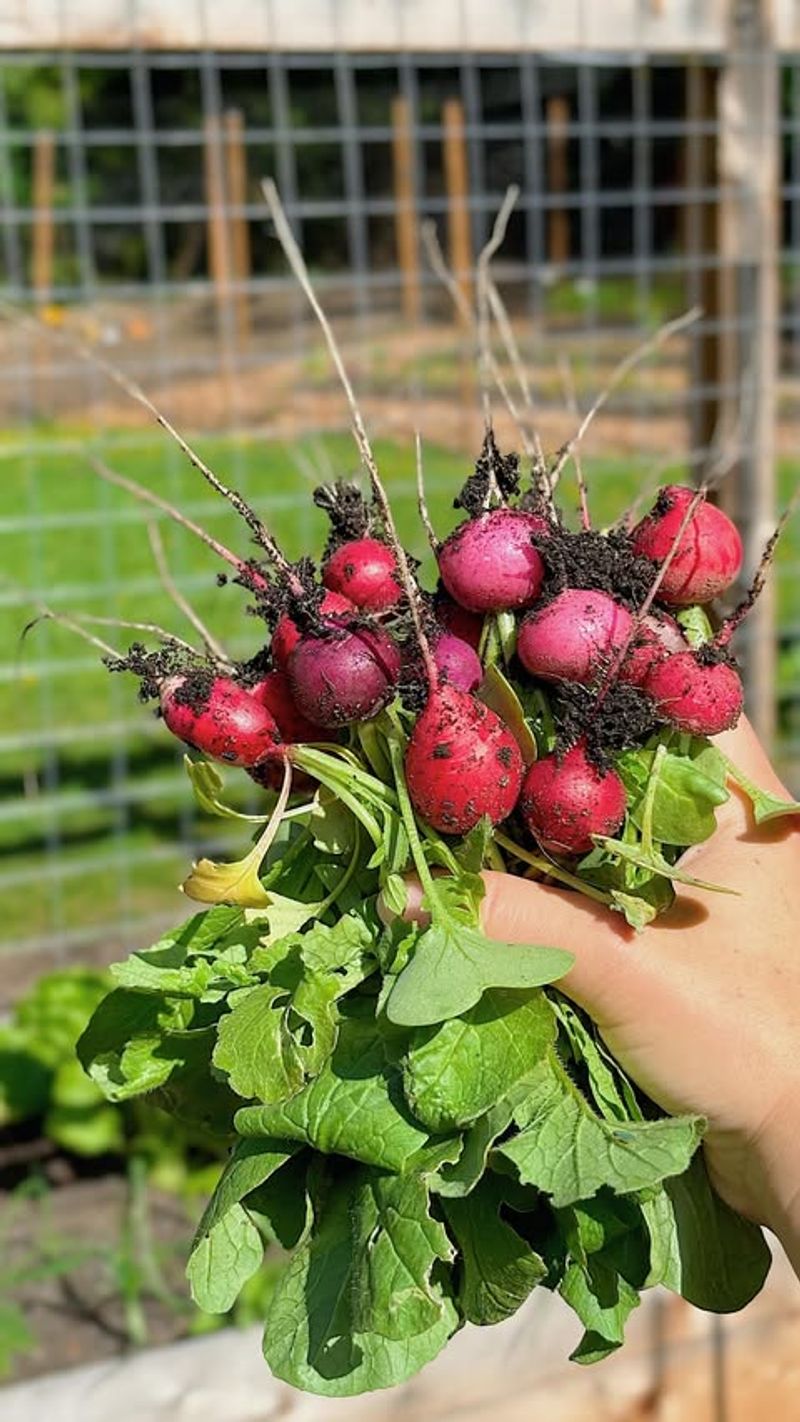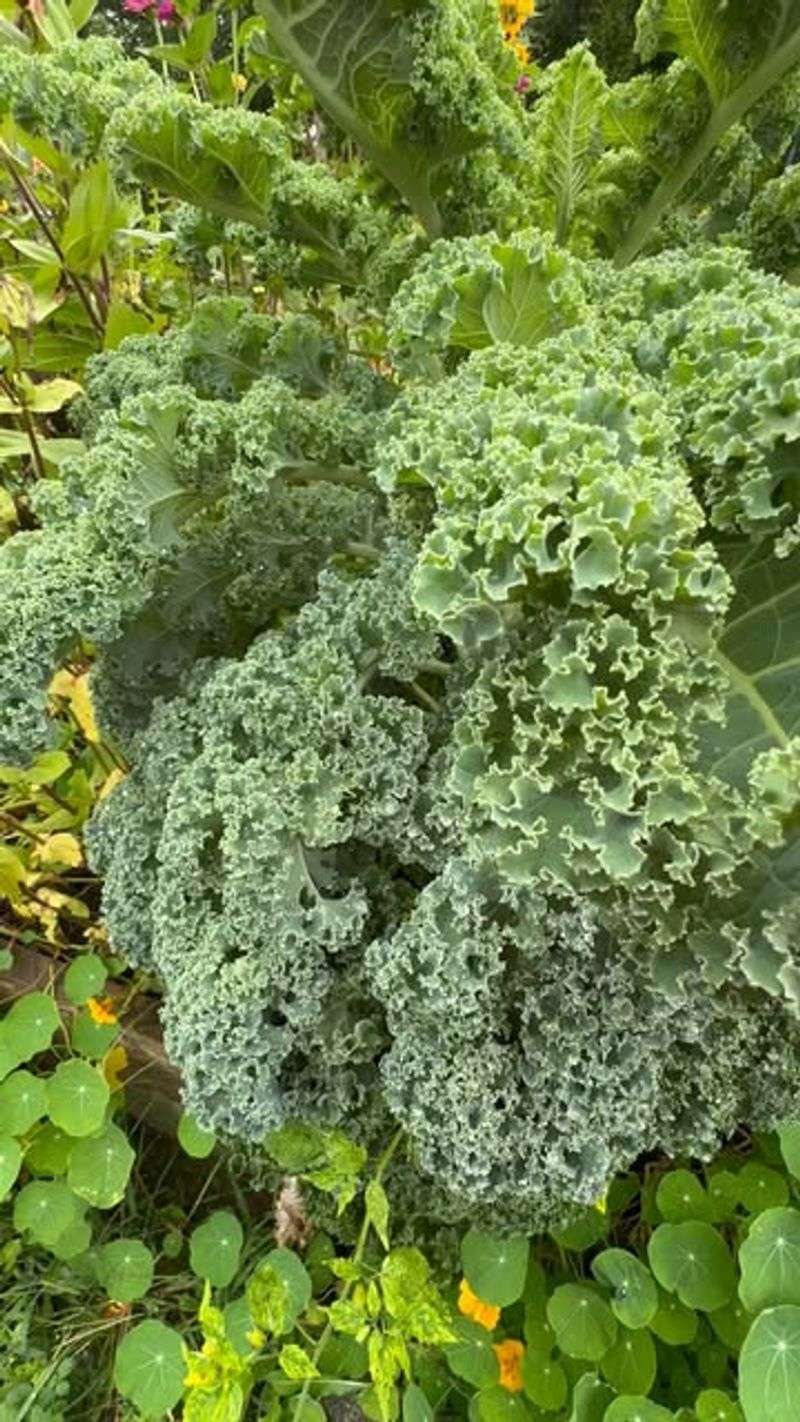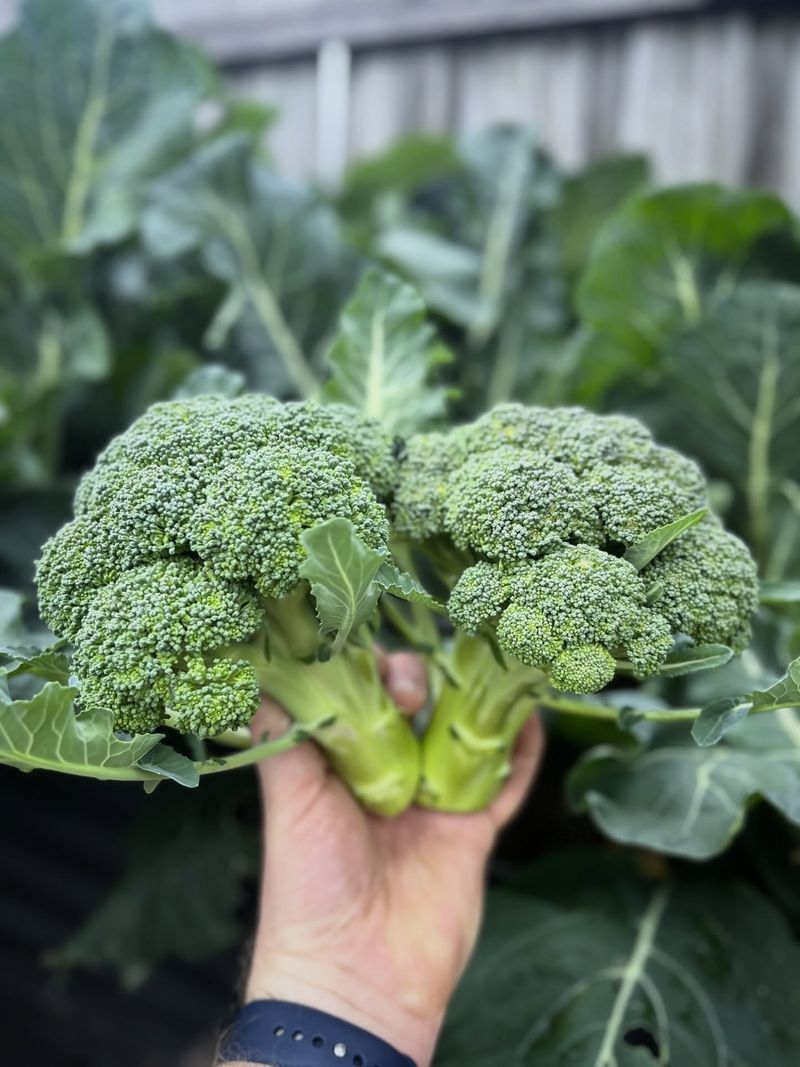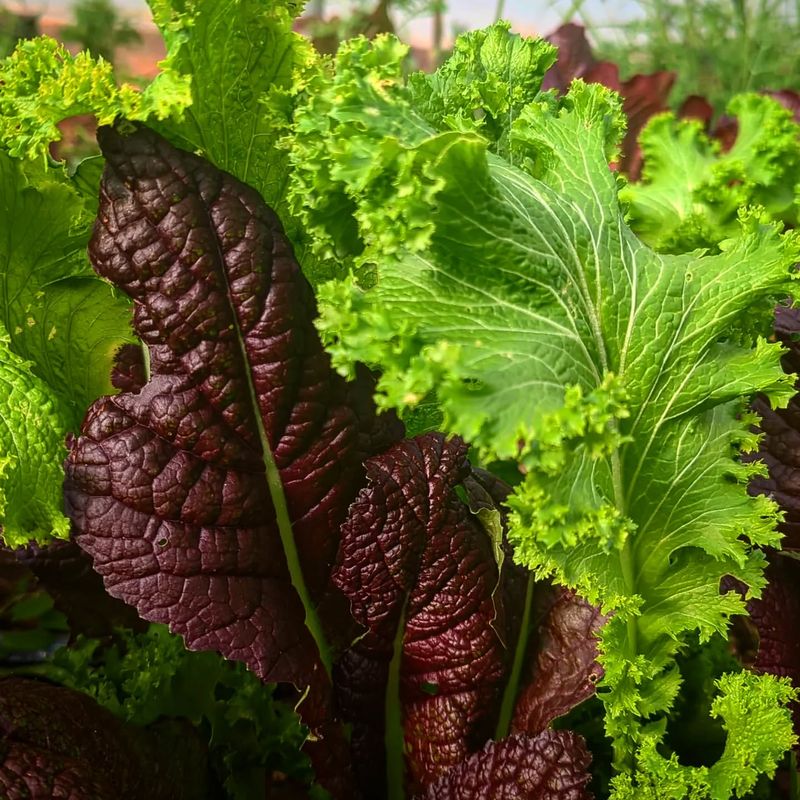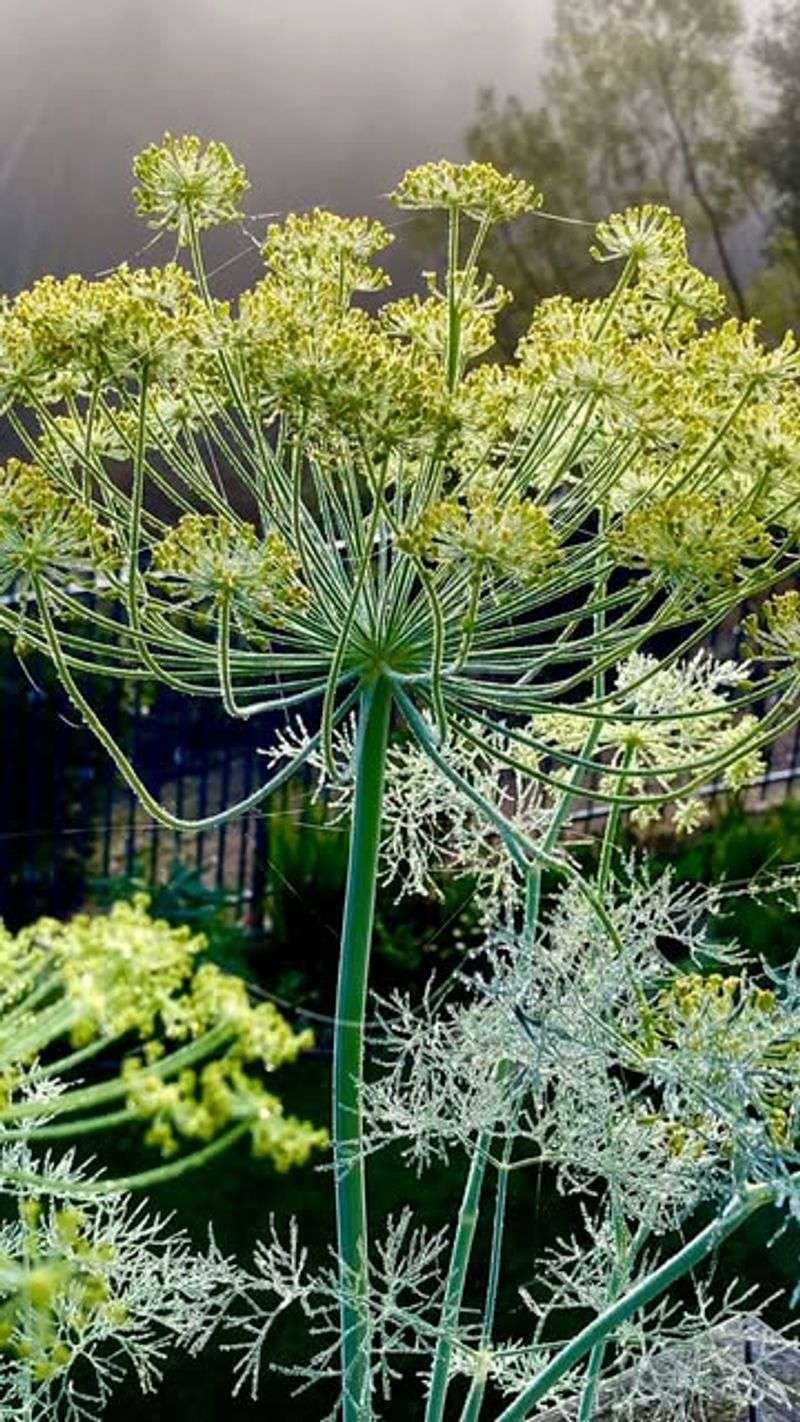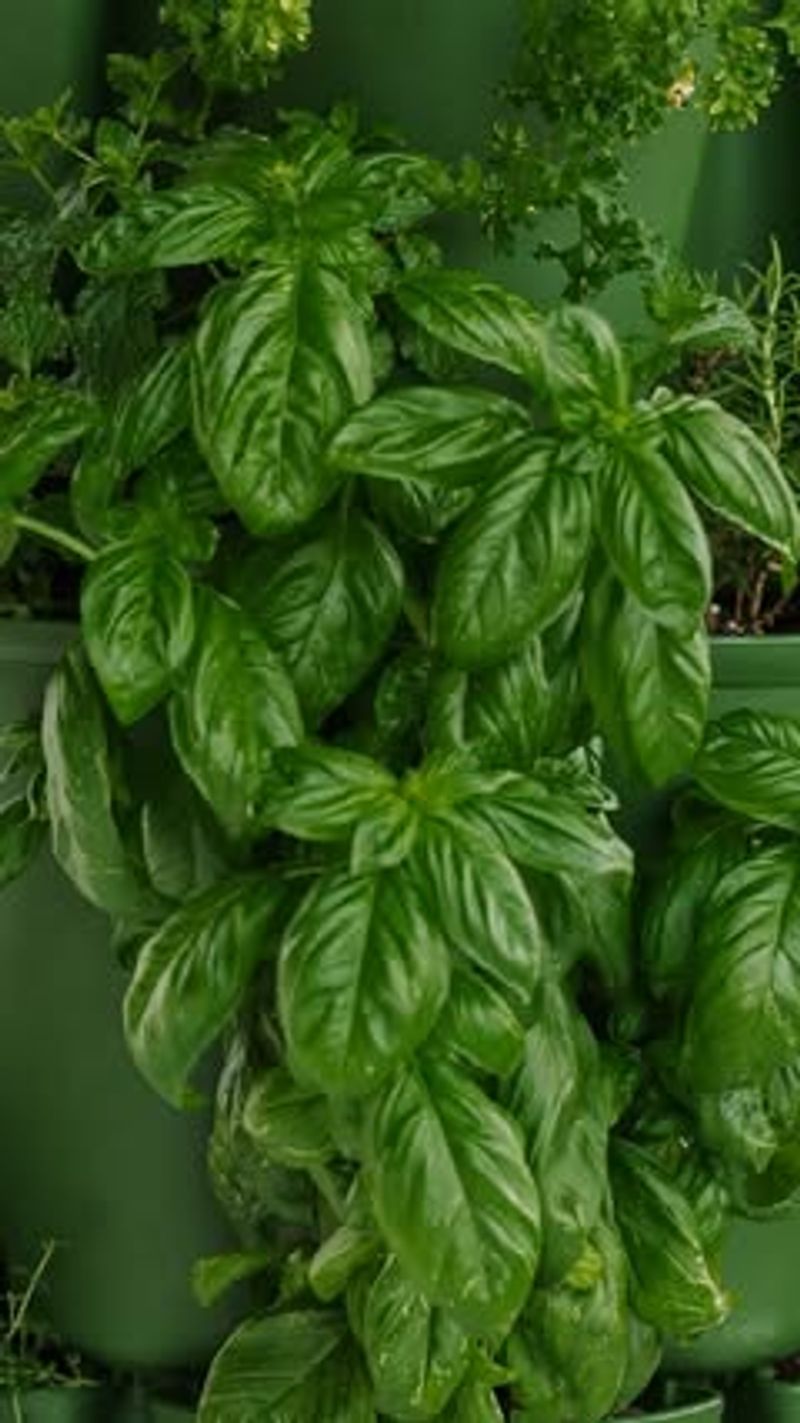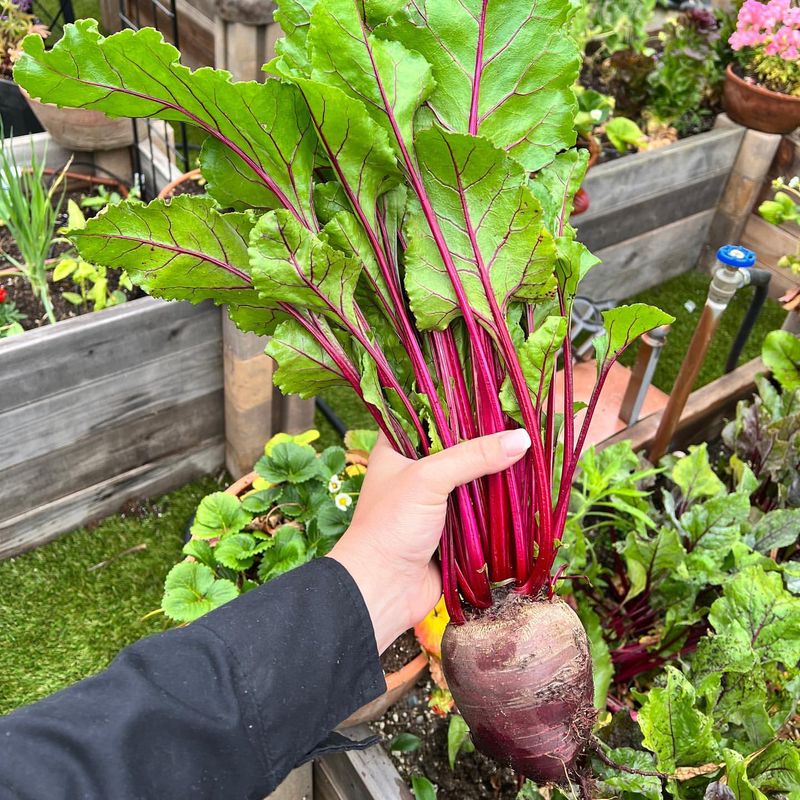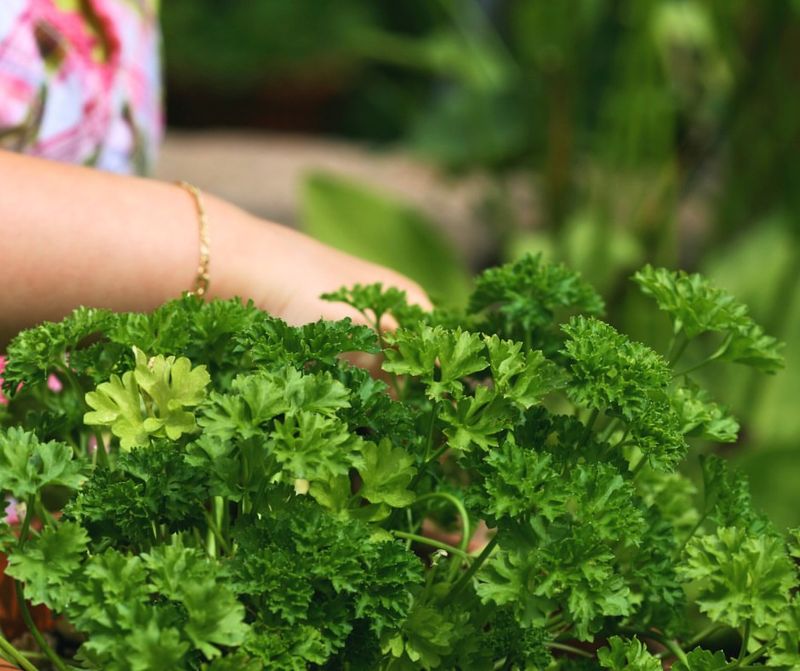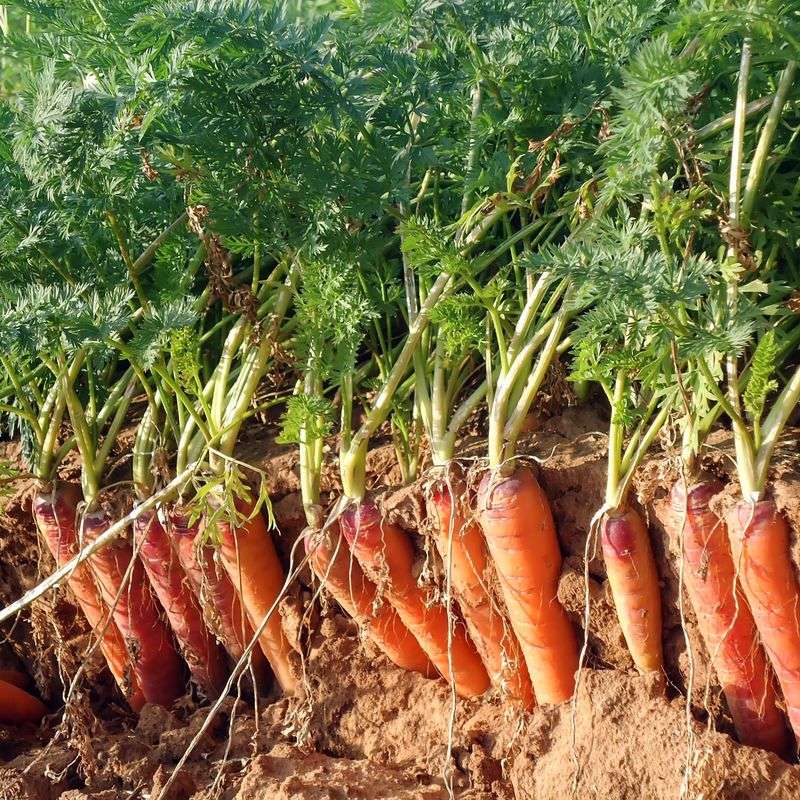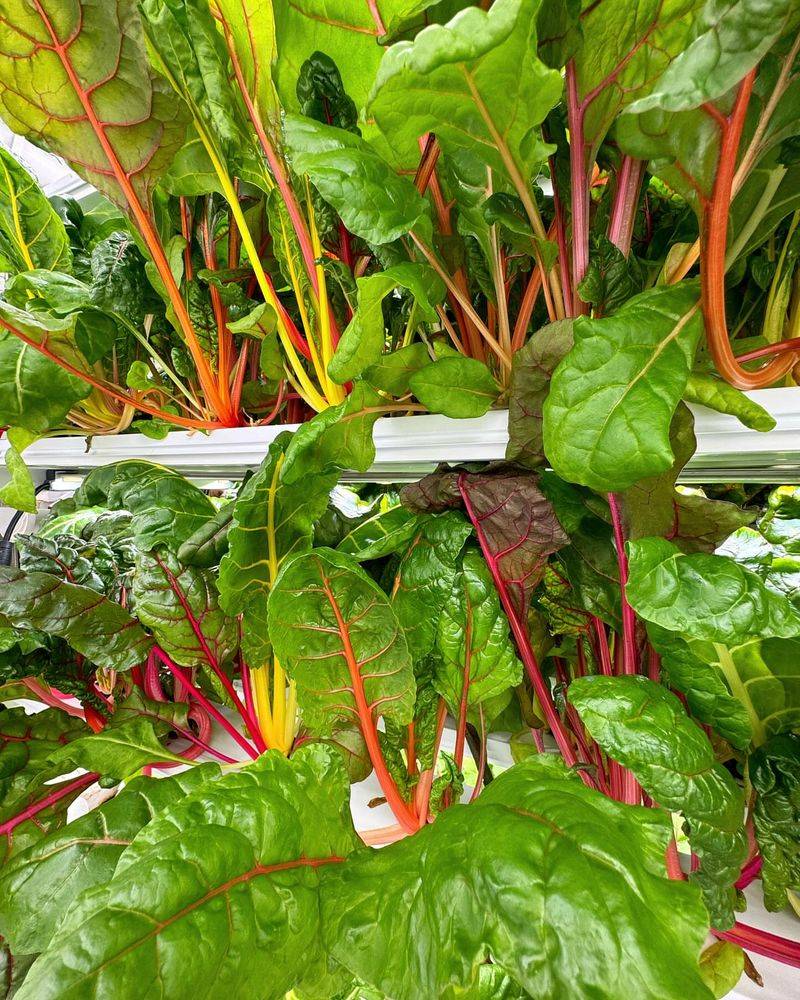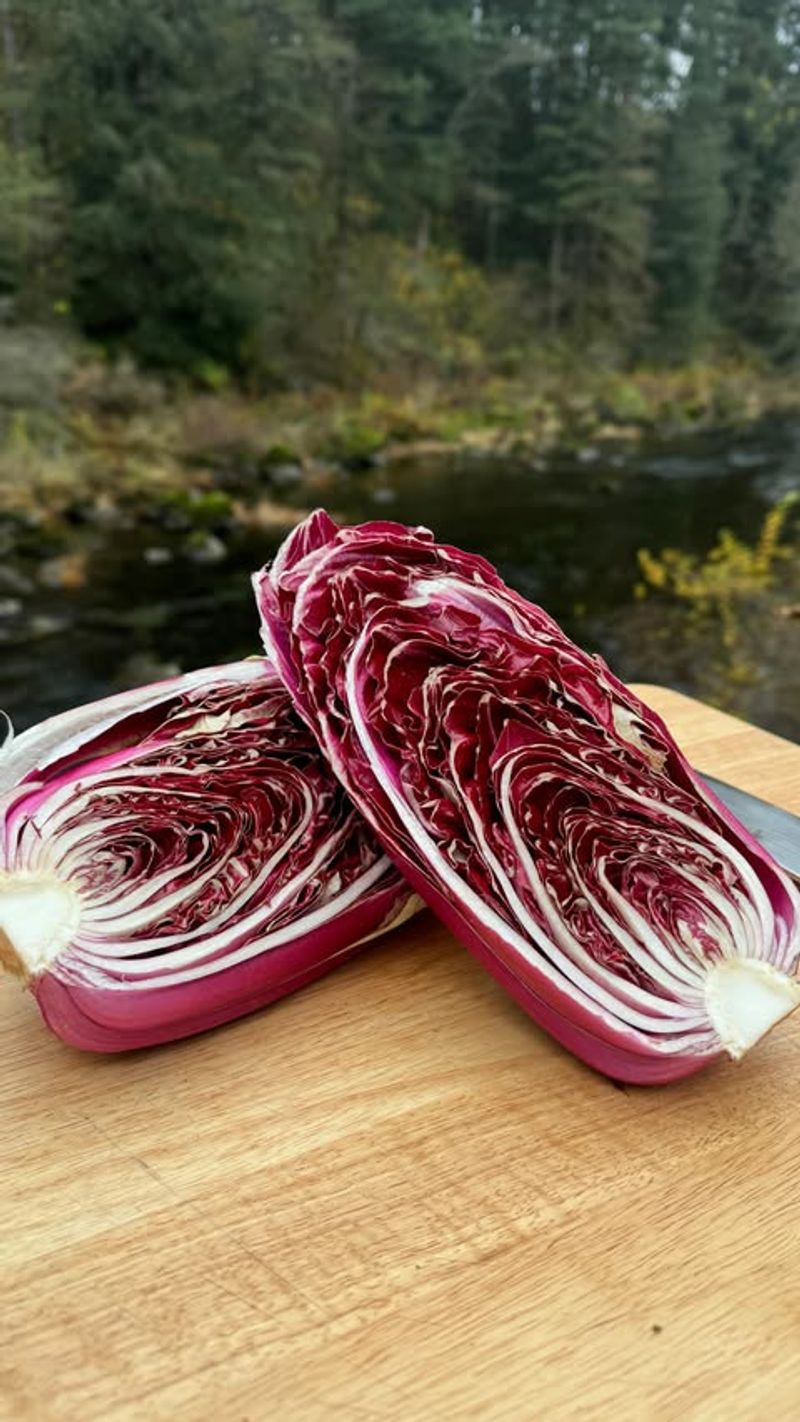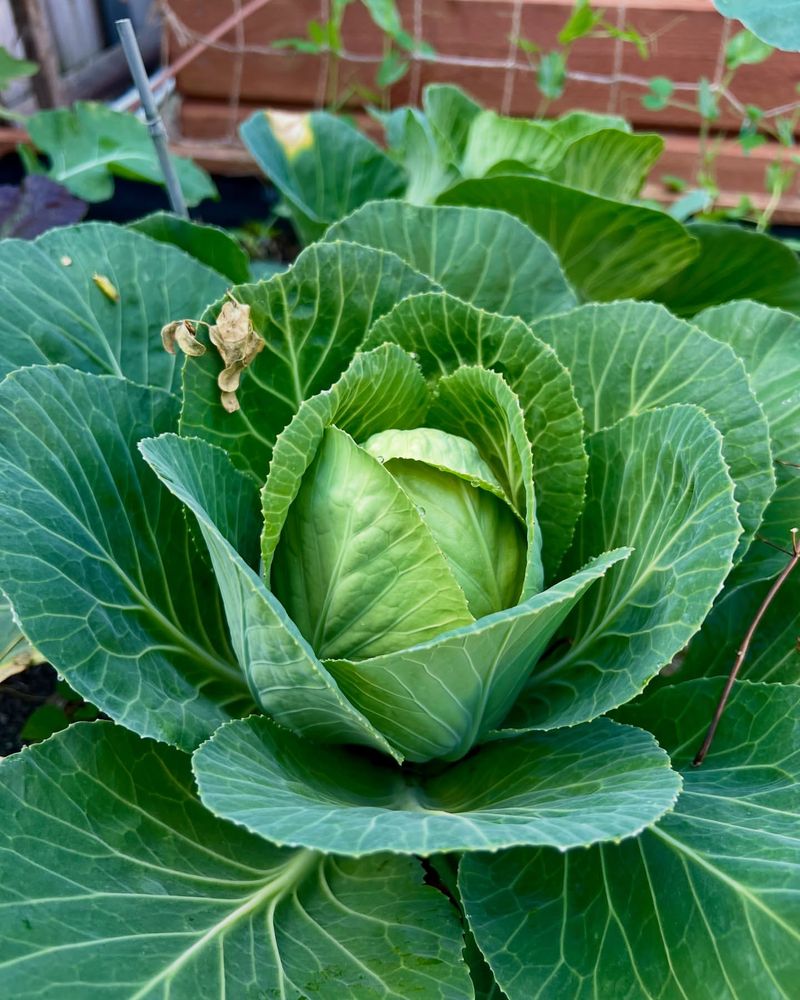Alabama gardeners, time’s ticking in the heat—but some of your crops are about to go rogue! If you’re not plucking them now, these 20 veggies are primed to bolt into bitter flowers before you know it.
I’ve stood by as luscious greens turned tough and taste turned harsh when I let a week slide. Think of this list as your friendly harvesting wake‑up call to keep the flavor sweet and your garden thriving.
Let’s get those baskets filled before Mother Nature pushes your crops over the edge!
1. Spinach
Hot Alabama afternoons make spinach bolt faster than you can say ‘salad.’ The leaves turn bitter once those flower stalks emerge, ruining your harvest.
Harvest in the morning when leaves are crisp and flavorful. Alabama gardeners find that partial shade can buy a few extra days before those seed stalks shoot skyward.
2. Lettuce
Once temperatures climb above 75°F, lettuce decides it’s time to reproduce. The center stalk stretches upward, and those once-sweet leaves develop an unpleasant bitterness.
Many Alabama gardeners have already noticed their lettuce getting taller. Cut the whole plant now, store it in the refrigerator wrapped in damp paper towels, and enjoy it throughout the week.
3. Cilantro
This herb races to produce seeds (coriander) at the first hint of Alabama heat. The delicate leaves quickly transform into feathery fronds with a dramatically different flavor profile.
Harvest your cilantro now by cutting stems about an inch above the soil. Alabama gardeners can succession plant every few weeks to maintain a steady supply through the growing season.
4. Arugula
The peppery bite of arugula turns downright fiery when Alabama temperatures rise. Those tender leaves grow tough and woody as the plant shifts energy to flower production.
Snip leaves while they’re still young and tender. Alabama’s heat means arugula bolts practically overnight, so daily garden checks are essential during warm spells.
5. Radishes
These quick-growing root vegetables won’t wait around in Alabama’s warming soil. Instead of developing juicy, crisp roots, they’ll channel energy into tall flowering stems.
Pull radishes when they reach marble size for the sweetest flavor. Alabama gardeners find that leaving them too long results in woody, hollow roots that aren’t worth the garden space.
6. Kale
Even this cool-weather superstar surrenders to Alabama’s rising temperatures. The leaves become increasingly bitter as the plant stretches upward toward the sun.
Harvest outer leaves regularly to encourage new growth. Alabama gardeners know that once kale starts flowering, the nutritious leaves quickly become tough enough to substitute for sandpaper.
7. Bok Choy
This Asian green transforms from tender to tough almost overnight when Alabama temperatures climb. The compact rosette suddenly shoots upward, developing yellow flowers that signal the end of harvest time.
Cut the entire plant at soil level before flowering begins. Alabama’s spring heat means bok choy often bolts earlier than northern gardening guides suggest.
8. Broccoli
Those tight green heads quickly loosen and develop yellow flowers when Alabama heats up. Once the buds start opening, the flavor turns bitter and the texture becomes unpleasantly chewy.
Harvest when the head is firm and the buds are tightly closed. Alabama gardeners should check broccoli daily as temperatures rise – a single warm day can transform perfect heads into flowering stalks.
9. Mustard Greens
The spicy kick of mustard greens intensifies as Alabama’s temperatures climb. When flower stalks emerge, the leaves become tough and develop a bitterness that overwhelms their characteristic flavor.
Cut outer leaves regularly while plants are young. Alabama gardeners appreciate mustard’s quick growth but know timing is everything – harvest before those yellow flowers appear.
10. Dill
This fragrant herb races to produce seeds when warm Alabama days arrive. The tender feathery leaves quickly transform into flowering umbels, changing both flavor and texture.
Harvest dill leaves before the flower stalks appear for the best culinary flavor. Alabama gardeners often succession plant dill every few weeks to ensure a continuous supply through spring.
11. Basil
Those bushy basil plants develop woody stems and flower spikes when Alabama’s long sunny days arrive. Once flowering begins, the leaves develop a different, often bitter flavor profile.
Pinch off flower buds as they form to extend your harvest. Alabama gardeners know that regular harvesting encourages bushier growth and delays the inevitable bolting as summer progresses.
12. Collard Greens
Even this Southern staple eventually surrenders to Alabama’s heat. The large leaves become increasingly tough and bitter as the plant shifts energy to reproductive growth.
Harvest outer leaves regularly while maintaining the growing center. Alabama gardeners appreciate that collards bolt more slowly than other greens, but they’ll still flower when temperatures consistently stay warm.
13. Beets
These root vegetables respond to lengthening days by sending up flower stalks instead of developing sweet, tender roots. The greens also toughen and lose their mild flavor.
Pull beets when they reach golf ball size for perfect texture. Alabama gardeners find that waiting too long results in woody, fibrous roots that even long cooking can’t salvage.
14. Turnips
Spring-planted turnips quickly shift to seed production when Alabama temperatures rise. Instead of plump, sweet roots, you’ll get woody vegetables and tough greens with an unpleasant sharpness.
Harvest when roots reach 2-3 inches in diameter for the best flavor. Alabama gardeners often grow turnips primarily for their greens in spring, knowing the roots won’t size up properly as days lengthen.
15. Parsley
This biennial herb decides to complete its lifecycle when Alabama’s warm days and longer sunlight hours arrive. The once-bushy plant stretches upward with tough stems and diminished leaf production.
Cut stems at the base to encourage fresh growth. Alabama gardeners can extend their parsley harvest by providing afternoon shade and regular watering during warm spells.
16. Carrots
These root vegetables respond to warming Alabama soil by shifting energy from sweet root development to flower and seed production. The once-tender roots become woody and develop an unpleasant bitterness.
Pull carrots when they show good color and size. Alabama gardeners find that mulching helps keep soil temperatures cooler, delaying bolting by a week or more during spring heat waves.
17. Swiss Chard
This colorful leafy green eventually responds to Alabama’s lengthening days by developing seed stalks. The wide, tender leaves become smaller and tougher as the plant focuses on reproduction.
Harvest outer leaves regularly while maintaining the central growth point. Alabama gardeners appreciate chard’s heat tolerance compared to other greens, but even it will bolt when summer heat settles in.
18. Fennel
Bulb fennel quickly abandons bulb formation when Alabama days lengthen. The plant shoots upward, developing hollow stems and yellow flower umbels instead of the sweet, anise-flavored base.
Harvest when the bulb reaches tennis ball size but before stems elongate. Alabama gardeners find that consistent soil moisture helps delay bolting, but timing is crucial for successful fennel crops.
19. Radicchio
This Italian chicory quickly loses its tight head formation when Alabama temperatures rise. The compact purple heads unfurl and stretch upward, developing intensely bitter leaves.
Harvest entire heads when they feel firm and dense. Alabama gardeners have learned that afternoon shade can buy a few extra days before bolting, but radicchio demands cool conditions for best quality.
20. Cabbage
Those tight cabbage heads split open and develop flower stalks when Alabama’s warm days arrive. The once-sweet leaves develop a stronger flavor that many find unpleasant.
Harvest when heads feel solid and heavy for their size. Alabama gardeners know that cabbage bolting often follows a sudden temperature spike, so watching the forecast helps time your harvest perfectly.

